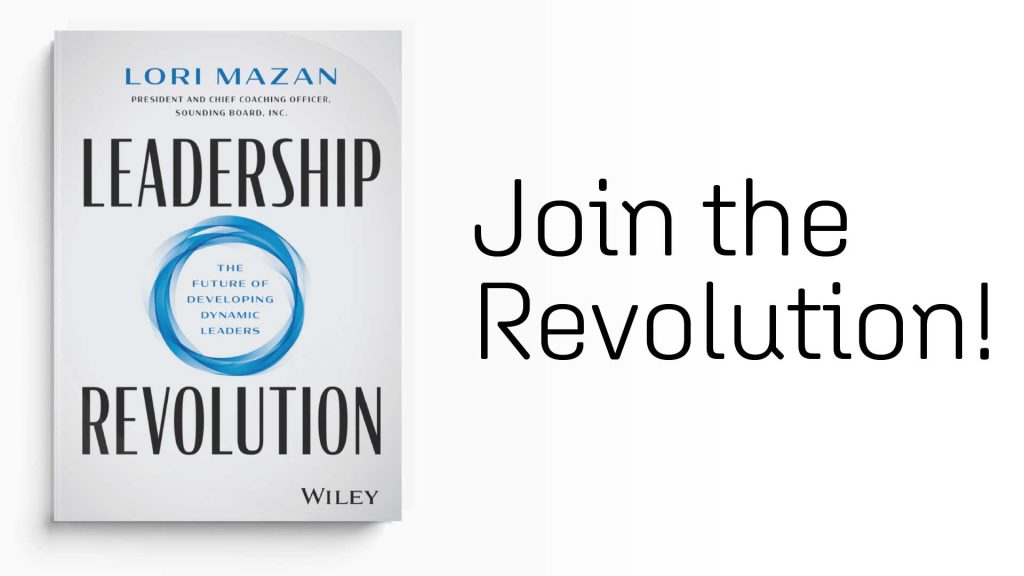QuickBooks Connect 2018 was held in San Jose, California earlier this month, presenting a fantastic opportunity to meet with business owners, developers, and professionals of all stripes. During the event, Sounding Board co-founder Christine Tao chaired a special leadership panel titled “Get bossy: Develop next-generation leadership skills,” to discuss mentorship, developing a workforce, and what exactly “being a boss” means in our modern age.
As Christine pointed out during the session, startup companies are growing faster than ever before, which often leads to employees being thrust into leadership roles very quickly — sometimes even before they are truly ready. Those new managers and leaders often struggle to learn how to do many of the things their jobs require of them, like motivating their teams, resolving conflicts, making high-level decisions, and so on. And yet these skills are absolutely necessary for a manager to thrive.
“In an environment that fast-paced, you don’t have much time to sharpen your leadership skills,” Christine warned, adding that, “That’s why events like QB Connect and panels like Get Bossy are so important — they let new leaders see first-hand how challenges and obstacles can be overcome.”
The session provoked a fascinating conversion, largely thanks to panelists Pek Pongpaet (CEO of Impekable), Shane Metcalf (CCO of 15Five), and Waseem Daher (CEO of Pilot). With QuickBooks Connect 2018 behind us, let’s take a closer look at the most valuable leadership lessons highlighted during the panel and discuss why they apply to managers and executives of all stripes.
Lesson #1: As a leader, you work for the employee
Leaders can only be as effective as the team they manage. While executives or managers might set goals for a project or organization, employees are the most valuable tools to completing these objectives. As such, the most productive task a leader can accomplish is one that supports team members and lets them uplift the organization.
“As a boss, you are working for the employee,” Daher explained. “If you’ve hired good people, then your job is unblocking them, removing obstacles, and providing them with resources they need to do their best work.”
As Daher noted, the best people with the most developed skills can work just about anywhere — they’re under no obligation to work for your company. “It’s immediately clear why an employer wants an employee, but it’s less explicit why an employee might want to work for an employer,” he continued. “You have to think about what you can do to help them reach their professional goals.”
Pongpaet agreed, but acknowledged that many small businesses often struggle when attracting the best employees — which is where mentorship is especially useful. “You can still hire someone and provide them with mentorship so they can grow and learn and become the best they can be,” Pongpaet said. “And if you’re a good mentor, you’ll have more senior employees or executives who can be mentors to new members of your workforce.”
Lesson #2: Trust your employees and be transparent with them
Far too often, managers and executives think being a leader is the same as being a boss — expecting that employees are there to take and follow orders. As you might imagine, that’s not an especially productive route long-term. “You can’t just take the position of ‘I’m the boss and you’re just the employee’ because they’re not invested in the success of the business,” Metcalf explained.
Helping employees feel invested in the company can be accomplished in various ways, but transparency and communication are often at the core of each method. You want them to feel responsible for the success of projects, understand why certain decisions were made, and share in the challenges of the organization. That can make a leader feel vulnerable among employees, but that’s actually a good thing.
“Many people think business owners can’t be vulnerable but that’s a myth you want to bust,” Shane Metcalf explained. “You should be vulnerable with your team, because if you’re not, your team won’t be vulnerable with you. With trust, people have more ownership and an intrinsic motivation to help solve a problem.”
This is especially crucial when your business faces a major crisis. For some managers, the first instinct is to hand-wave problems away and pretend everything’s fine, but that will usually backfire. “If there’s a problem in your business, your team already knows about it,” Daher said. “It’s best to own up to it so you can lead your company. By not informing them about it, they won’t trust you.”
Lesson #3: Your self-care impacts the entire work culture
Adopting self-care principles and achieving a work-life balance is usually treated as a personal goal. What leaders like Metcalf have discovered is that self-care actually has ramifications for the entire organization.
“Self-care is also important for your culture,” he said. “As the business owner, the example you set becomes the cultural norm of your company, because the business models itself after the founder. If you aren’t taking care of yourself, then it’s dangerous because self-care norms are subconsciously looked down upon.”
From there, the question of how leaders can achieve a work-life balance and care for their mental health comes up fairly naturally. Shane’s advice is to have a support network of peers — other business owners — who are familiar with the pressures of leadership. “You can’t always express these challenges to your team,” he continues. “It’s good to have a group who you can talk through these challenges with who truly understand what you’re going through.”
To Daher, self-care is largely a matter of honesty and prioritization. “As a business owner, work-life balance isn’t about working 40 hour weeks,” he explained. “It’s about knowing and thinking about what types of things are truly urgent and need to be done today. And what are the things that can be done tomorrow or another day, so you can step away to spend time with your family or friends.”
Lesson #4: Part of being disciplined is admitting your limits as a leader
On a related note, discipline was considered a key aspect of work-life balance in the discussion — but not the kind of discipline you might think. Developing a business from the ground up is an incredible challenge, as leaders must often execute on tasks that would be supported by frontline employees. At a certain point, leaders must be willing to admit their limits, and work within them until the organization grows to expand them.
“You’re never going to put out all the fires,” Daher admits. “When you have your own business, you have to learn how to be disciplined and honest with yourself about which tasks are super important.”
“Especially when the company is small and just getting started,” Pongpaet added. “There’s so many things you’ll need to do, and it’s impossible to get everything done.”
This can be a hard thing for leaders to admit. The same personality type that starts a successful new business also likes to tackle challenges head-on. While this is certainly admirable, it can also be counter-productive if they’re completing tasks that aren’t helping the organization grow effectively — which in turn leads to burnout.
“As a leader, it’s important to use your strengths. That’s where you’ll deliver the most value,” Metcalf said. “You should be doing the things you’re good at. If you’re constantly using your strength and what you’re good at, you won’t burn out.”
As an organization grows, employees can be provided with resources to complete tasks that would otherwise overwhelm managers and executives. In the startup phase, leaders should remember to carve out time to develop themselves and the organization. Learning to be open to ideas that don’t have immediate results can be difficult, but far more rewarding over time.
“Make time for immediate high-value and long-term tasks,” Metcalf suggested. “If you’re only focusing on immediate problems, you’ll never get to those long-term challenges.”
We’d like to thank the QuickBooks Connect 2018 organizers, our panelists, and everyone who attended the event! We hope to see you there again next year.
In the meantime, if your organization needs help coaching its new leaders on how to “get bossy,” contact us to learn how we combine best-in-class coaching with a robust technology platform and a proprietary, outcome-based methodology to help companies grow their next generation of leaders.











